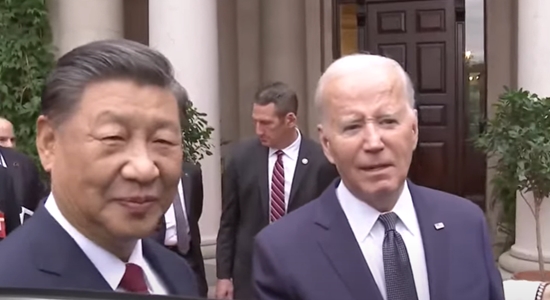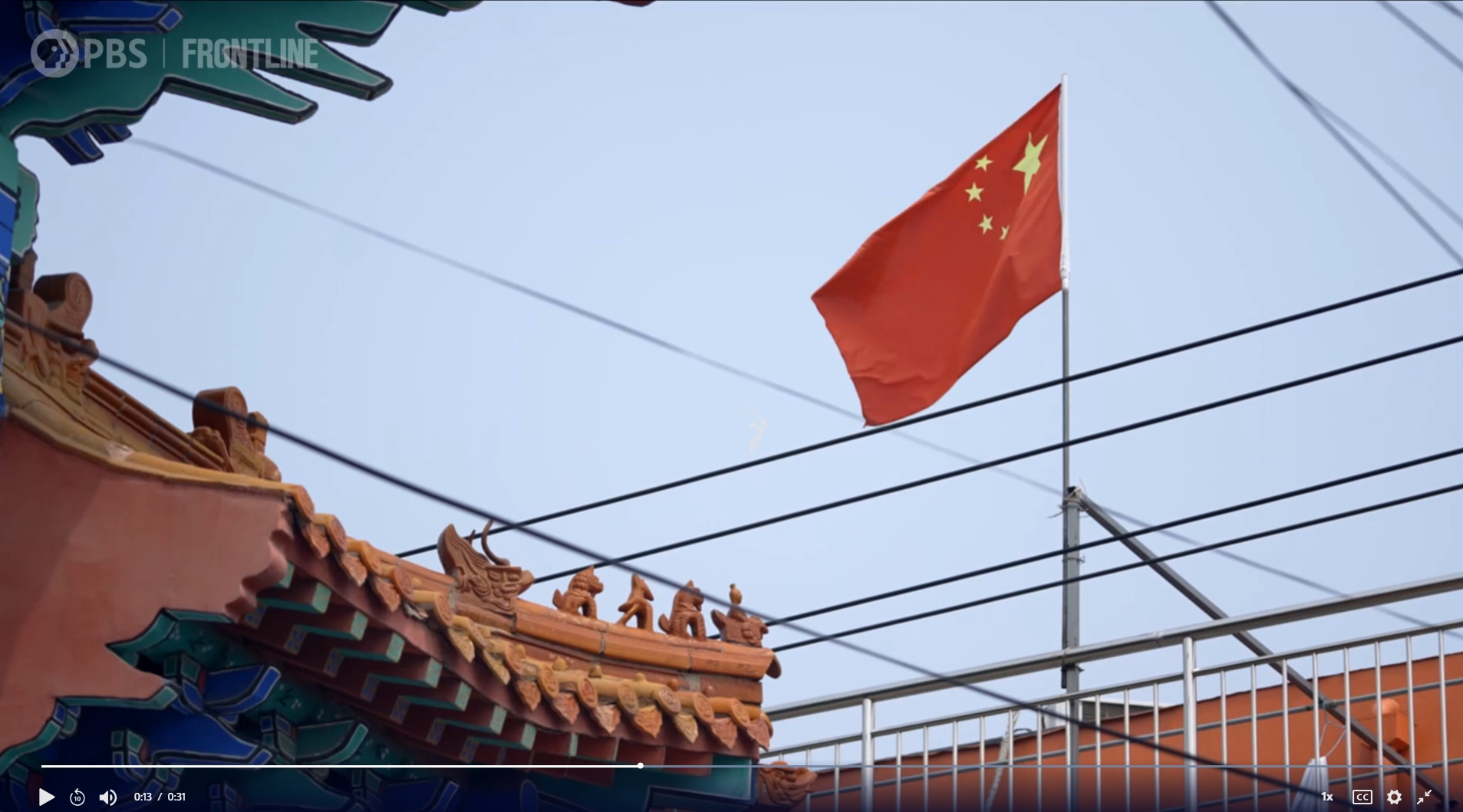
The Chinese government has been cracking down on virtual private networks (VPNs) for years, with varying degrees of success and inconvenience for users trying to evade the censorship of China’s Great Firewall.
One alternative available to private users is open-source VPNs that may be harder for the Chinese state to thwart than commercial VPNs. An example is V2Ray, maintained with the help of a Chinese programmer pseudonymously known as “Chen.” Chen is “based in a European country” and works remotely for a Western technology company. He contributes to V2Ray in his spare time (“China’s volunteer programmers work in the shadows to set the internet free,” Al Jazeera, May 31, 2024).
Like commercial offerings such as ExpressVPN and NordVPN, V2Ray, whose original developer is unknown, allows users to avoid censors and mask their internet activity.
But unlike those platforms, free-to-use V2Ray requires some level of technical knowledge to set up and features a range of customization options.
Chen, whose work includes fixing bugs and monitoring contributions to the project from the open-source community, said more than 141 individuals and groups have added to V2Ray’s source code over the years.
“Trying to house a V2Ray server yourself, you have to understand the technology, that’s why it’s not really popular in other parts of the world right now because there is a learning curve,” Chen, who is based in a European country and asked to be referred to by an alias to conceal his identity, told Al Jazeera.
Despite the learning curve, such open-source platforms are becoming more popular as a means of enabling web surfers in China and other repressive states to reach the uncensored Internet.
“Open source can assure users we are on your side, we are helping you, and everything we do is on behalf of you. We are not trying to help an [Internet service provider] or government,” Chen says. “We are not a spy, and we are helping you. We are representing your interests in a hostile environment.”
That sounds like almost too much reassurance. In addition to what they can directly observe about how a piece of software operates, Chinese users not technically knowledgeable enough to fully assess open-source tools must somewhat rely on the judgments of others. It’s a risk. But the only alternative may be submitting to the blanket censorship of China’s Great Firewall.





